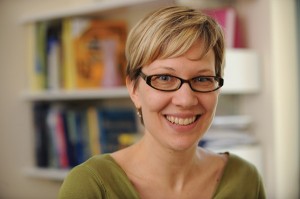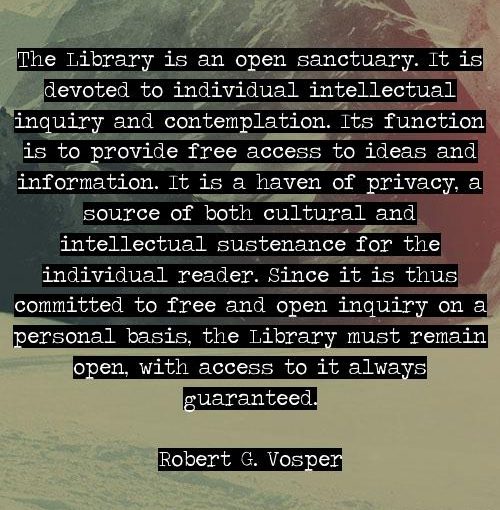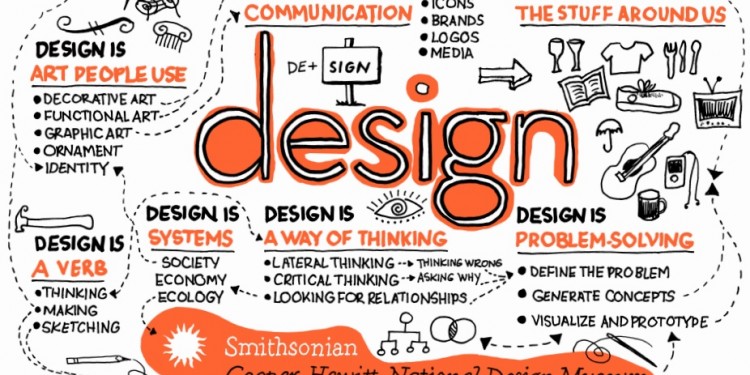
Mayor Marty Walsh of Boston (home to Simmons College School of Library and Information Science), and Joe Curtatone of Somerville (my home town) have both reaffirmed their commitment to remain sanctuary cities despite two executive orders signed by President Donald Trump threatening to cut off federal funding to those cities.
In an open letter, Mayor Curtatone asserted “Our city-Somerville, Massachusetts-will not waver… Somerville will stand with you regardless of your race, creed, color, sex, nationality, legal status, religion, gender identity, or sexual orientation.” In this letter, Curtatone also acknowledged that Somerville stands to lose a lot in terms of loss of federal funds. Somerville receives about $6 million per year in federal funds, or about 3% of its annual budget. He pointed out that those funds go to support important services including the schools’ free and reduced lunch program, substance abuse programs, and homeland security services.


